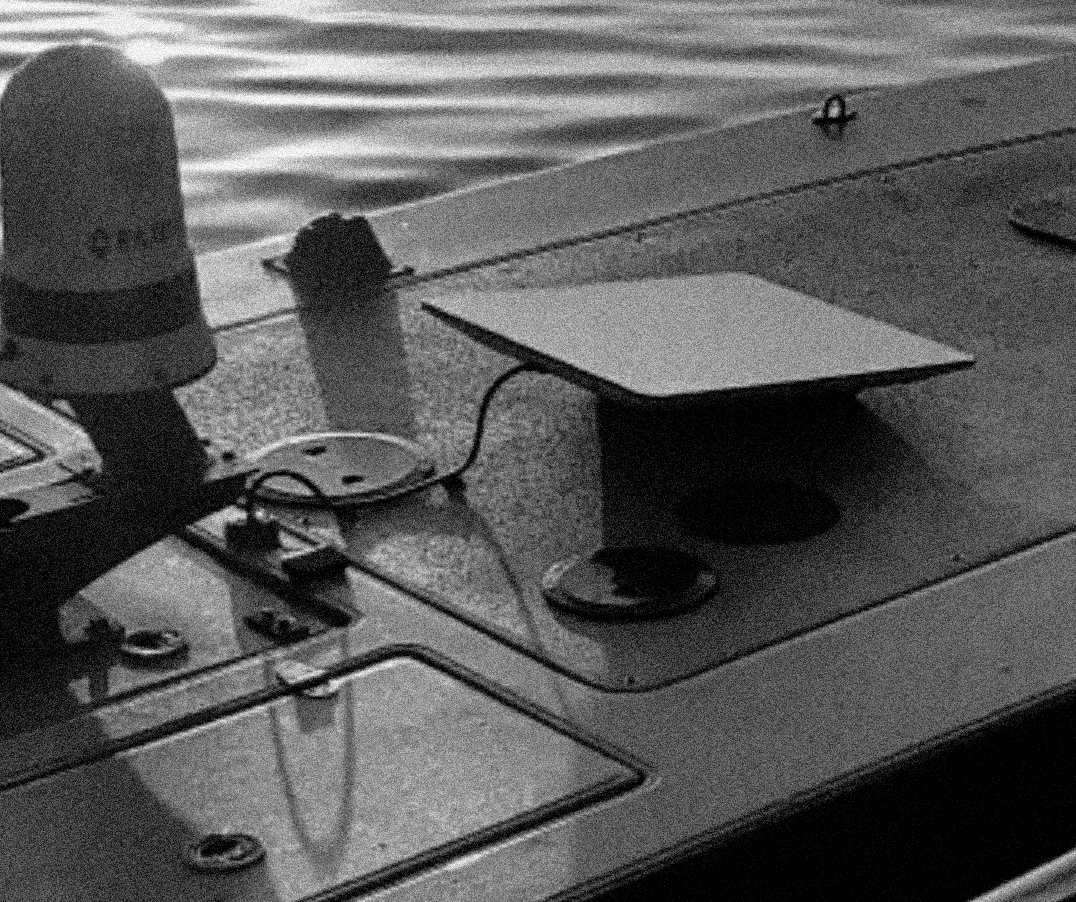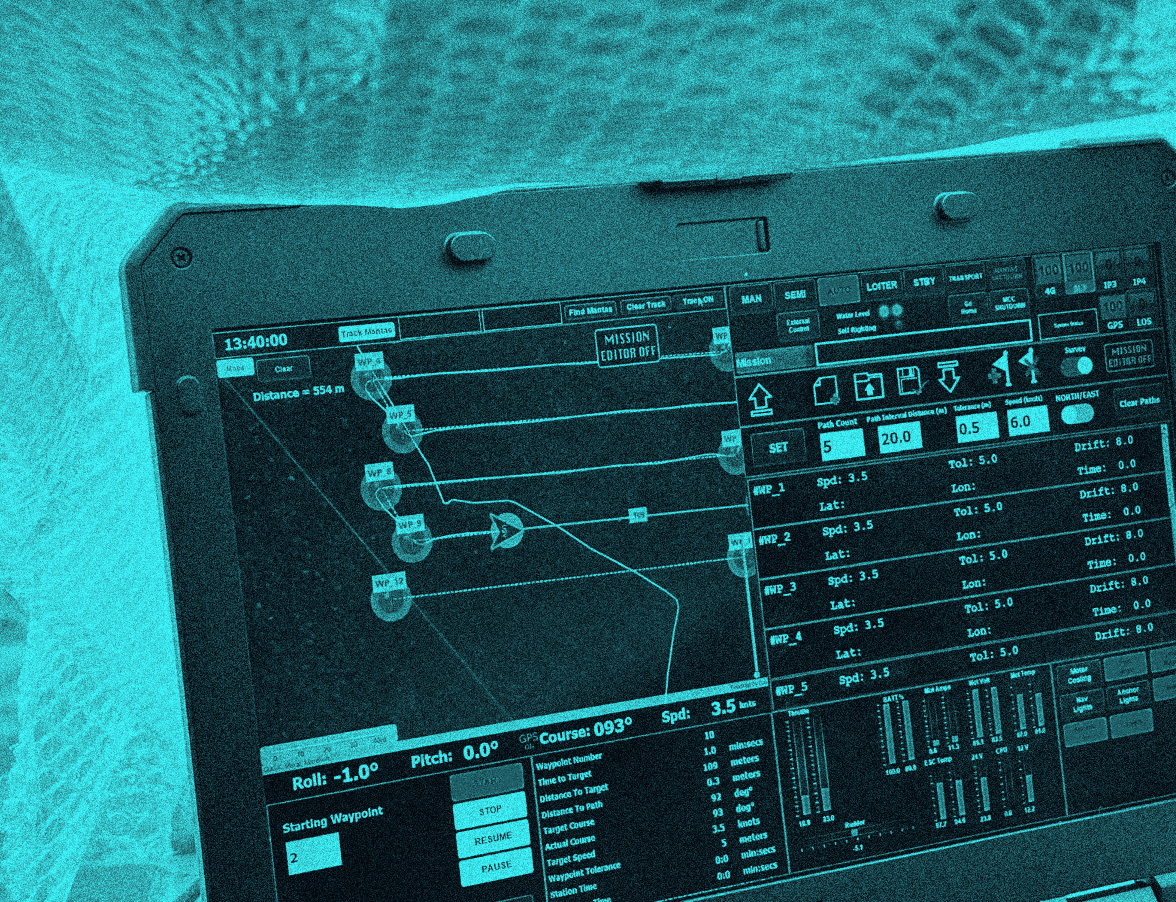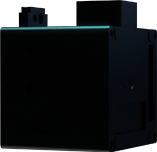- Technology
- Vessels
-
Vehicles
FLANQ-powered autonomous and remotely controlled underwater vehicles play a critical role in modern defence, enhancing capabilities across surveillance, reconnaissance, and combat missions – from naval base protection to underwater warfare training.
-
Payloads
Transform your situational awareness above and below the water. Optimised for size, weight and power and integrated using FLANQ’s Q-KONTROL backbone, our vehicle-agnostic technologies let you sense threats, decide the outcome and enable the response.









